Nature This Month: July

- July is mid point of the summer. The days are long and often the hottest time of the year in most parts.
- You will see big gatherings of clouds, called cumulus clouds or thunderheads. These clouds usually bring storms with thunder, lighting and rain.
- The plants are reaching their peak of growth in the wild places like meadows, fields and woodlands.
- Birds have some what quieted down a bit and the adult birds are now rearing their young.
- The annoying insects seem to be everywhere.
- By the end of July, daylight is shortened by almost 40 minutes.
- The July full moon is sometimes called the Hay Moon because it gives farmers extra light to bring in the fresh cut hay.
This is a good time to sit quietly by a stream of pond.
Bring your Nature Journal and make a list of what you see…
Some plants and animals you may see:
common cattail

red-winged black bird
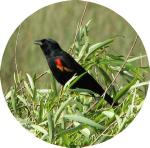
ten spot dragon fly

black wing damselfly
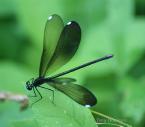
red spotted salamander

water strider

green frogs

mallard ducks

painted turtles
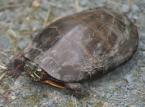
Frogs develop in stages:
- In early spring, egg masses are laid by a female wood frog in shallow freshwater each egg is about 1/8th inch.
- A tadpole hatches from each egg in 14 to 24 days they are about 3/4inch.
- The tadpole will grow legs after about two weeks.
- The tadpole will begin to develop lungs and lose his tail.
- In early July, the tadpole becomes an adult frog and moves to land. He is about one inch.

If you live near the coast line be sure to spend some time on the beach with your Nature Journal. Collect some sea shells and empty crab shells. Identify what they are and research their live. Some of the things you will find at the beach are:
great blue heron

herring gull

double crested cormorant

beach rose
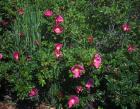
scallop shells

cockle shells
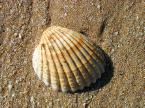
crabs of all kinds
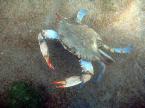
barnacles
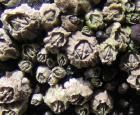
July is a good time to keep your Nature Journal with you where ever you go.
There is always activity this time of year!
